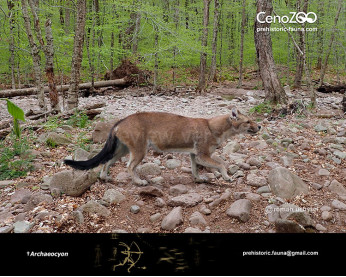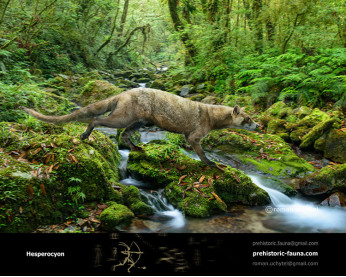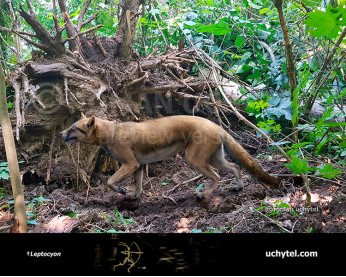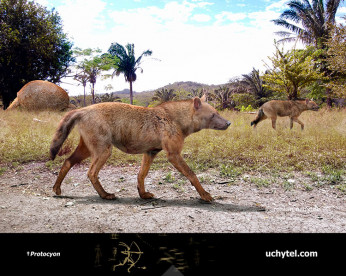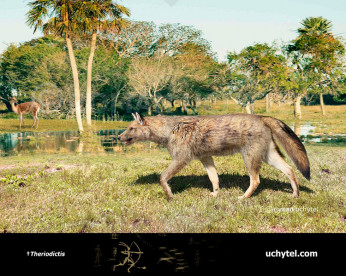Falkland Islands wolf
2024220242Falkland Islands wolf (†Dusicyon australis (Kerr, 1792))
Order: Carnivora
Family: Canidae
Dimensions: length - 1,2 m, height - 60 сm, weight ~ 20 kg
Temporal range: extinct in 1876 (Falkland Islands)
The Falkland Islands wolf, also known as the warrah and occasionally as the Falkland Islands dog, Falkland Islands fox or Antarctic wolf, was the only native land mammal of the Falkland Islands. Its diet is unknown, but due to the absence of native rodents on the Falklands, probably consisted of ground-nesting birds, such as geese and penguins, seal pups and insects, as well as seashore scavenging. It has sometimes been said that it may have lived in burrows. This endemic canid became extinct in 1876, the first known canid to have become extinct in historical times.
A 2009 cladistic analysis of DNA identified the Falkland Islands wolf's closest living relative as the maned wolf (Chrysocyon brachyurus), an unusually long-legged, fox-like South American canid, from which it separated about 6.7 million years ago. However, the Falkland Islands wolf diverged from its mainland ancestor Dusicyon avus very recently, around 16,000 years ago. Dusicyon avus persisted on the South American mainland until around 400 years ago.
Falkland Islands wolf (†Dusicyon australis (Kerr, 1792))
Order: Carnivora
Family: Canidae
Dimensions: length - 1,2 m, height - 60 сm, weight ~ 20 kg
Temporal range: extinct in 1876 (Falkland Islands)
The Falkland Islands wolf, also known as the warrah and occasionally as the Falkland Islands dog, Falkland Islands fox or Antarctic wolf, was the only native land mammal of the Falkland Islands. Its diet is unknown, but due to the absence of native rodents on the Falklands, probably consisted of ground-nesting birds, such as geese and penguins, seal pups and insects, as well as seashore scavenging. It has sometimes been said that it may have lived in burrows. This endemic canid became extinct in 1876, the first known canid to have become extinct in historical times.
A 2009 cladistic analysis of DNA identified the Falkland Islands wolf's closest living relative as the maned wolf (Chrysocyon brachyurus), an unusually long-legged, fox-like South American canid, from which it separated about 6.7 million years ago. However, the Falkland Islands wolf diverged from its mainland ancestor Dusicyon avus very recently, around 16,000 years ago. Dusicyon avus persisted on the South American mainland until around 400 years ago.

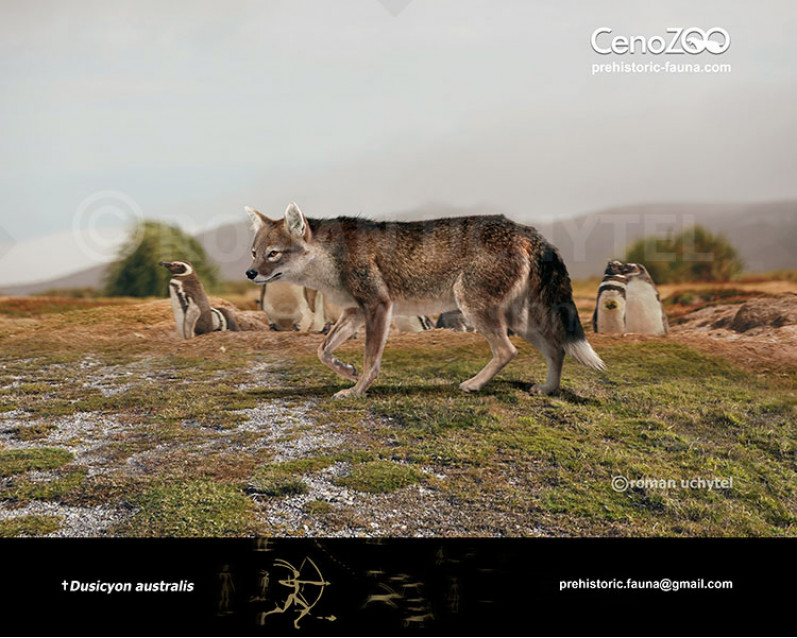
-797x638.jpg)

-70x56.jpg)
